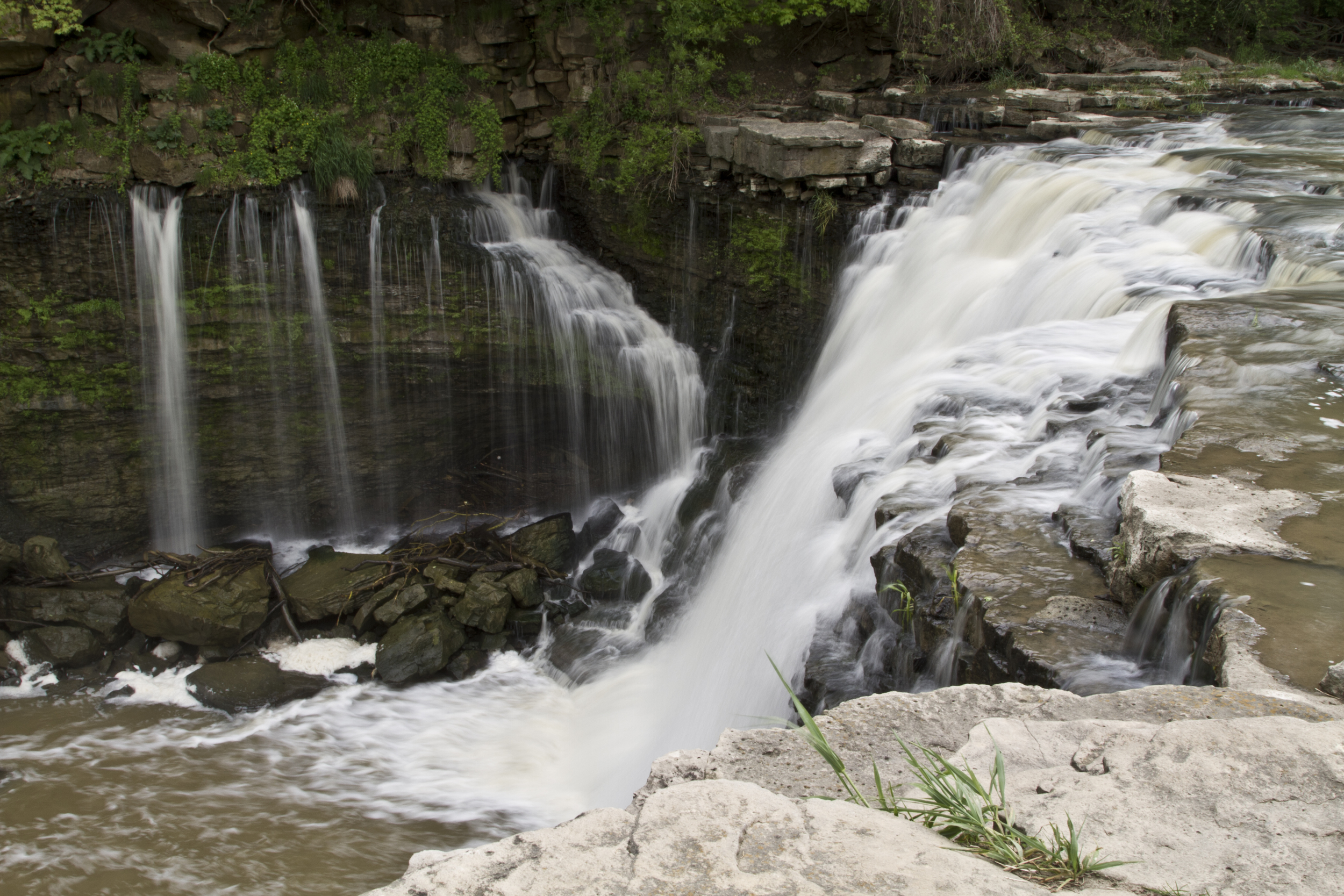

HGS RESEARCH HIGHLIGHT – Characterizing Spatial Heterogeneity of Hydraulic Conductivity Using Borehole NMR in a Complex Groundwater Flow System
This research highlight co-authored by Chenxi Wang, Colby M. Steelman, and Walter A. Illman, investigates how borehole nuclear magnetic resonance (NMR) logging can be used to characterize subsurface heterogeneity and improve the representation of hydraulic conductivity in groundwater flow models. This study leverages HydroGeoSphere (HGS) to evaluate the predictive performance of NMR-derived hydraulic conductivity (K) models and assess how different spatial interpolation and upscaling approaches influence flow and drawdown predictions in a highly heterogeneous aquifer system.

HGS RESEARCH HIGHLIGHT - Model simplification to simulate groundwater recharge from a perched gravel-bed river
This publication co-authored by Antoine Di Ciacca, Scott Wilson, Patrick Durney, Guglielmo Stecca, and Thomas Wöhling, investigates model simplification strategies to simulate groundwater recharge from perched gravel-bed rivers. This study leverages HydroGeoSphere (HGS) as a fully integrated 3D surface–subsurface model, alongside 2D cross-sectional and 1D analytical models, to address long-standing challenges in representing river–aquifer interactions while reducing computational demands.

HGS RESEARCH HIGHLIGHT – Exploring the reliability of ²²²Rn as a tracer of groundwater age in alluvial aquifers: Insights from the explicit simulation of variable ²²²Rn production
We’re pleased to highlight this publication which investigates the reliability of using radon-222 (²²²Rn) as a tracer for groundwater age in alluvial aquifers. Accurate estimations of groundwater residence time (GRT)—the time since water infiltrated from the surface—are critical for effective water resource management, especially in systems that rely on bank filtration near rivers for drinking water supply. While ²²²Rn has long been employed as a natural tracer due to its radioactive decay properties and elevated concentrations in groundwater, most traditional models assume spatially uniform ²²²Rn production and purely advective flow— assumptions that rarely hold in real-world aquifers.

HGS RESEARCH HIGHLIGHT – Reactive transport modelling of acid mine drainage within discretely fractured porous media: Plume evolution from a surface source zone
This paper investigates the fate and transport of acid mine drainage (AMD) through fractured porous media using a discrete fracture network (DFN) modelling approach. This research addresses a critical environmental challenge in mining regions— predicting how acidic contaminants generated by sulphide mineral oxidation migrate through complex geological formations and interact with host rocks over time.

Staff Research Highlight - Spatiotemporal estimation of groundwater and surface water conditions by integrating deep learning and physics-based watershed models
We’re pleased to highlight this publication, co-authored by Aquanty’s senior scientist, Hyoun-Tae Hwang, which focuses on the integration of deep learning (DL) models with physics-based hydrological models to enhance the efficiency of estimating spatiotemporal groundwater and surface water conditions.

Staff Research Highlight - Effects of soil heterogeneity and preferential flow on the water flow and isotope transport in an experimental hillslope
We’re pleased to highlight this publication, co-authored by Aquanty’s senior scientist, Hyoun-Tae Hwang, which examines the water sources and threshold behaviours of streamflow generation in a mountain headwater catchment.

Staff Research Highlight - Water sources and threshold behaviors of streamflow generation in a mountain headwater catchment
We’re pleased to highlight this publication, co-authored by Aquanty’s senior scientist, Hyoun-Tae Hwang, which examines the water sources and threshold behaviours of streamflow generation in a mountain headwater catchment.

Staff Research Highlight - Development of a fully integrated hydrological fate and transport model for plant protection products: incorporating groundwater, tile drainage, and runoff
This research investigates how the integrated hydrological modelling of plant protection products (PPPs) such as pesticides can provide a more comprehensive understanding of their environmental behavior across groundwater, surface water, and tile drainage systems.

HGS HIGHLIGHT – Estimating cumulative wastewater treatment plant discharge influences on acesulfame and Escherichia coli in a highly impacted watershed with a fully-integrated modelling approach
In this research highlight, researchers used HydroGeoSphere (HGS) to explore the impact of wastewater treatment plant (WWTP) discharge on surface water contamination in a mixed-use watershed in Ontario, Canada. The study focused on tracking acesulfame, a commonly used artificial sweetener, and Escherichia coli (E. coli), a fecal indicator, to understand how these contaminants move between surface and groundwater systems. Understanding the interactions between surface water and groundwater is critical in watersheds where WWTP discharge contributes to regional water quality concerns.

HGS RESEARCH HIGHLIGHT – Rapid transport from the surface to wells in fractured rock: A unique infiltration tracer experiment
In this study, researchers investigated the dynamics of rapid transport from the surface to monitoring wells in fractured rock environments using a unique infiltration tracer experiment. The focus was on understanding how tracers or contaminants move quickly through fractures to wells, which is crucial for assessing water quality and contamination risks.
